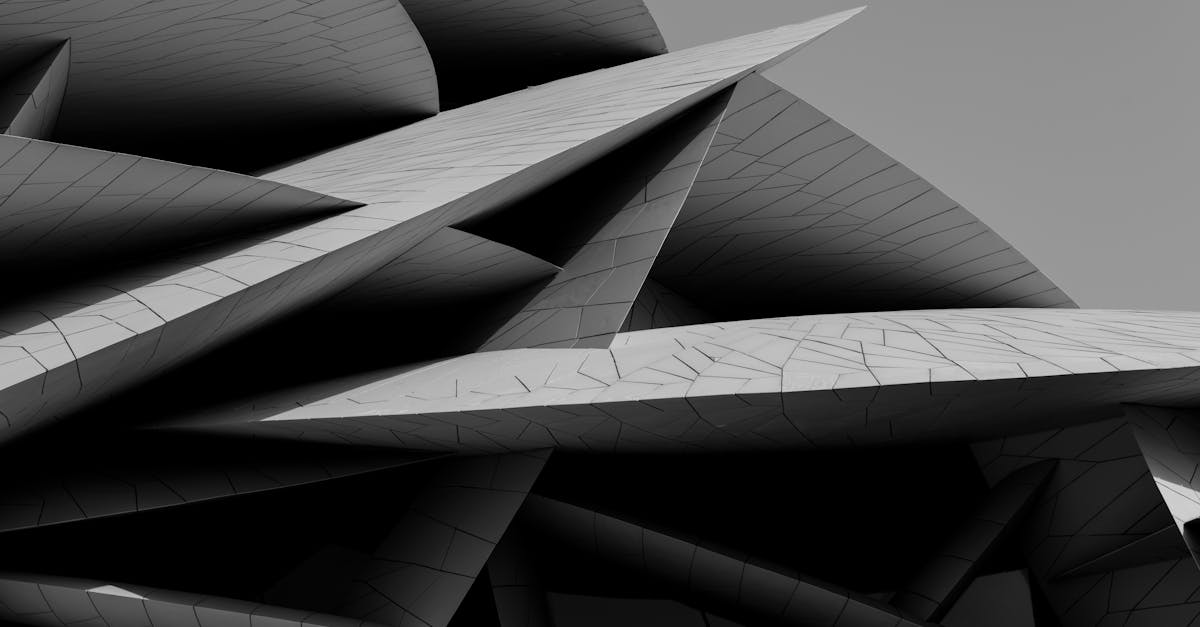Revolutionizing Education: 3D-Printed Schools in Qatar Set a New Standard
Read this article here to explore how cutting-edge technology is meeting the needs of education in one of the most innovative projects in the world.
Introduction
Imagine a school designed with the undulating patterns of the desert, built with the precision of 3D printing technology. This isn’t a futuristic dream but a reality unfolding in Qatar. UCC Holding and COBOD have partnered to construct the world’s largest 3D-printed schools, echoing the natural beauty of dunes while embodying the advances in construction technology. As reported by Fox News, this project marks a significant leap in educational infrastructure, harnessing new methods to meet old challenges.
Innovative Architecture Meets Traditional Aesthetics
The collaboration between UCC Holding and COBOD is more than a technological marvel; it’s an amalgamation of aesthetics and function. The 3D-printed schools are inspired by the natural landscape of Qatar, embodying sinuous, wavy walls reminiscent of desert dunes. This design, otherwise impossible with traditional construction methods, not only enhances structural integrity but also harmonizes with the local environment. In doing so, it sets a precedent for sustainable architecture in regions prone to harsh climates.
3D Printing: A Game Changer in Construction
3D printing technology is revolutionizing industries worldwide, but its potential in construction is particularly groundbreaking. By utilizing large-scale printers, intricate designs can be realized at a lower cost and with greater speed than ever before. This innovative method of construction significantly reduces waste, promotes sustainability, and enables the creation of custom structures that were once the realm of imagination.
For instance, Amazon offers a selection of Ring Video Doorbell Wired products that have already embraced AI and smart home technology, showcasing the commercial viability and consumer acceptance of sophisticated technology integration.
The Global Implications of 3D Printing Schools
The initiative in Qatar is watched keenly as a test case for countries worldwide. If successful, it could reshape educational infrastructure in regions lacking traditional building resources. Furthermore, this model could spur innovations in other public sectors, adapting technologies to create cost-effective and scalable solutions.
Future of Education: Beyond Traditional Learning Spaces
With this project, Qatar not only leads in innovation but also redefines the future of learning environments. As educators seek to create spaces that encourage creativity and flexibility, the role of physical space in education is being reevaluated. Hybrid models that incorporate cloud computing through SaaS platforms can further enhance learning, offering personalized education pathways.
Meanwhile, as we look toward the future, integrating technologies such as AI-driven platforms could personalize learning experiences, making education more accessible. This synergy between physical and digital innovations heralds a new era of education, where learning environments break free from traditional limitations.
Conclusion
The 3D-printed schools in Qatar represent more than technological advancement; they symbolize a shift towards innovative, sustainable, and culturally harmonious architecture. As the world grapples with population growth and resource limitations, such breakthroughs could redefine how we think about education and public infrastructure. The opportunities are vast, and while challenges remain, the future looks promising as we merge technology with necessity to build a smarter, more sustainable world.
For consultations on AI integration and technology solutions in education, feel free to contact us at EzraWave. Connect with us on Facebook, X, Instagram, and YouTube for the latest updates.
